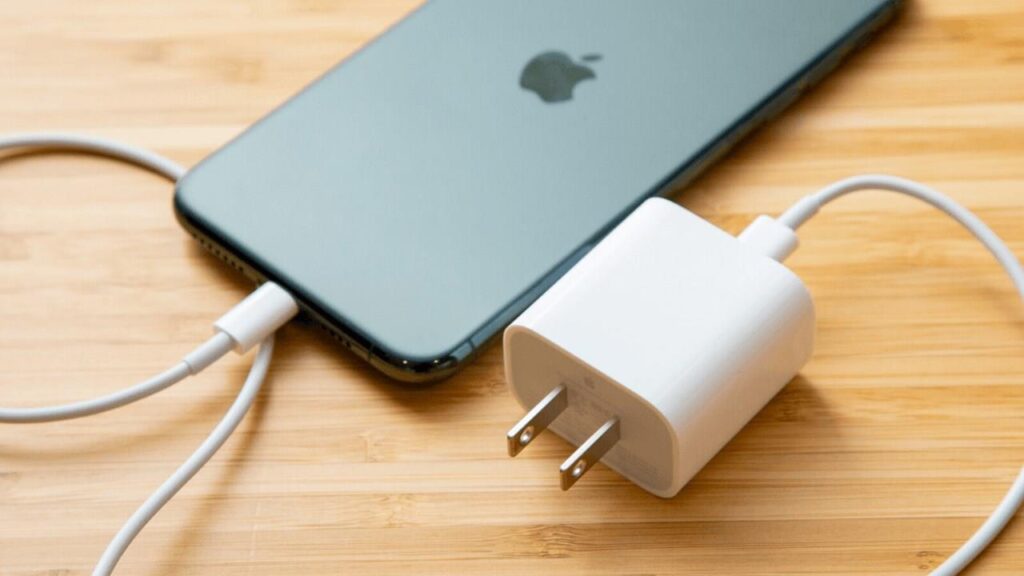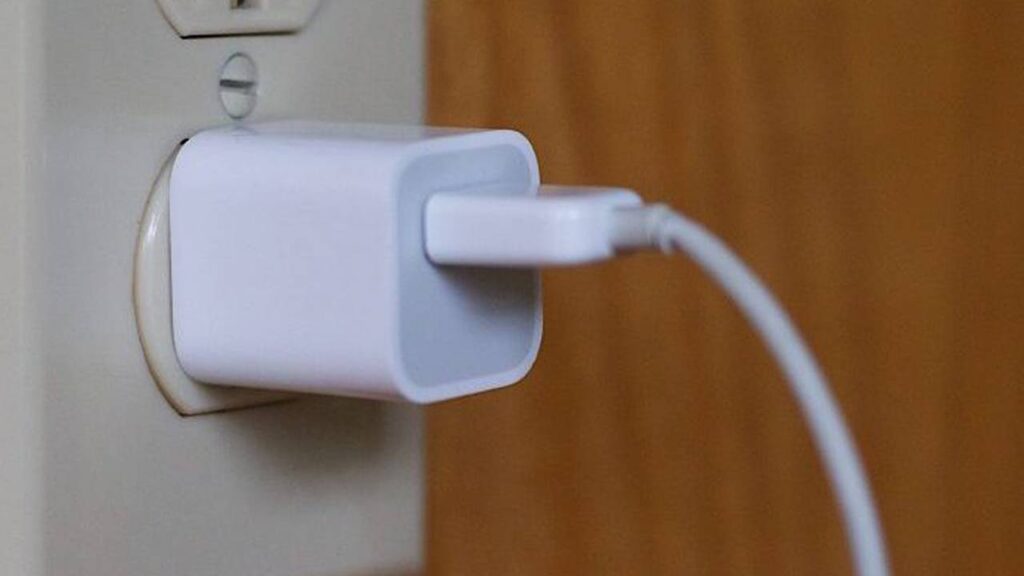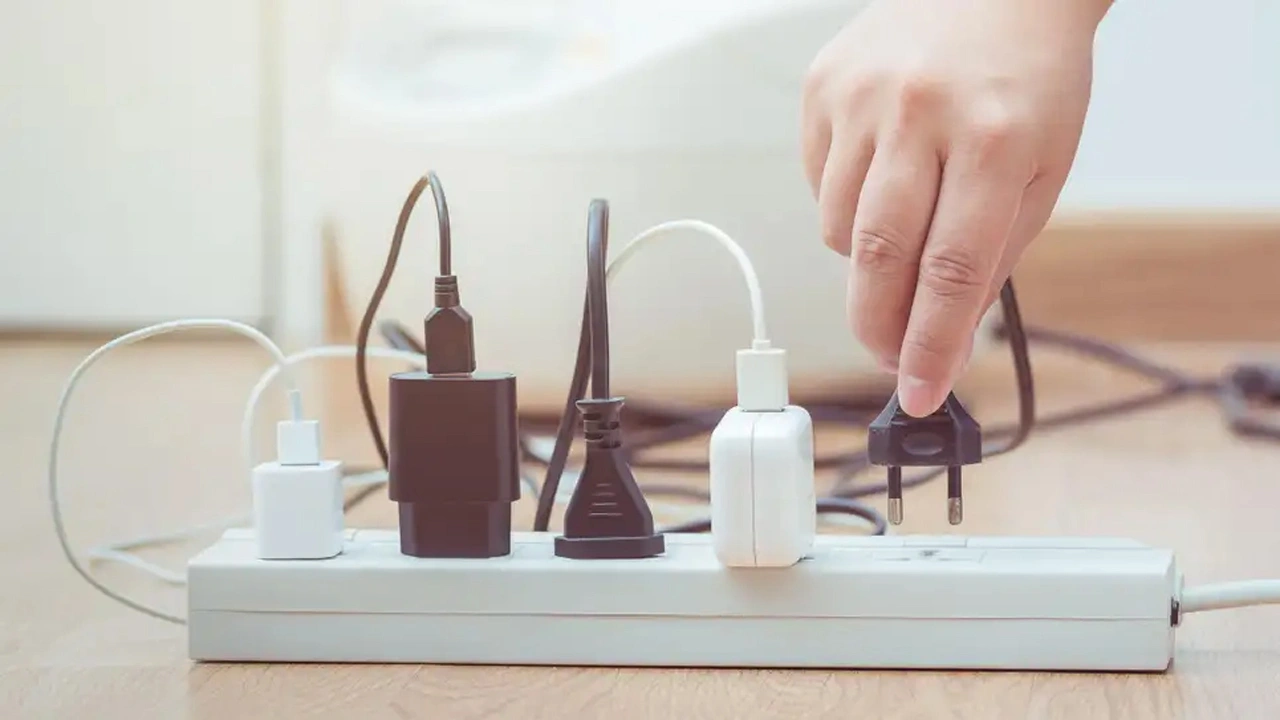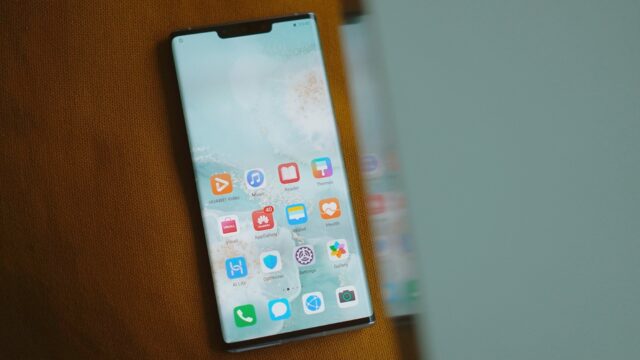Nowadays, almost every household has at least a few devices that need to be charged. In fact, when we consider smartwatches, computers, and even vacuum cleaners, we realize that we use dozens of devices. Furthermore, we can use separate adapters and chargers for each of these devices. But does leaving the charger plugged in consume electricity?
Does leaving the charger plugged in consume electricity?
If you’re curious about the answer to the question “Does leaving the charger plugged in consume electricity?” or “Do plugged-in chargers consume electricity?”, we’ll give you the answer right away. Yes, they do consume electricity. However, this doesn’t apply to all devices, and the amount of electricity consumed varies greatly. Here are the details…

All the chargers we use nowadays contain small transformers that connect the electrical circuits within them. In fact, some advanced models even have voltage and current meters and limiters. Therefore, when we plug them into an outlet, there is a small amount of electricity consumed for the system to function internally, even if it’s very low.
However, especially in the case of laptop chargers, we see that some chargers consist of two parts. The first part is simply an extension cord. This part connects to a relatively large adapter, and the cable that comes out of it supplies power to the computer.
If the cable plugged into the outlet is not connected to the adapter, it doesn’t consume electricity. Similarly, our extension sockets do not consume electricity if nothing is connected to them. Therefore, electricity consumption starts with the adapter part.

Of course, if a phone, smartwatch, or computer is not being charged, these adapters consume such a low amount of power that it won’t noticeably affect the bill. To give an average estimate, a smartphone adapter will not consume more than a few dollars per year.
However, when we look at households, we see that there are various chargers for 5 to 10 devices in each home. When all these devices are plugged in, the amount that will be reflected on the bill at the end of the year will increase accordingly. Even in the most extreme case, it will amount to around 50-60 dollars.
But here, we need to consider the bigger picture. In a country with a population of 100 million, if each of the 25 million households is paying such amounts for unused electricity, it would result in a bill close to 100 million dollars per year. This not only has economic implications but also has a negative impact on the carbon dioxide emitted into the atmosphere.
What do you think about this? Don’t forget to share your opinions with us in the comments!














